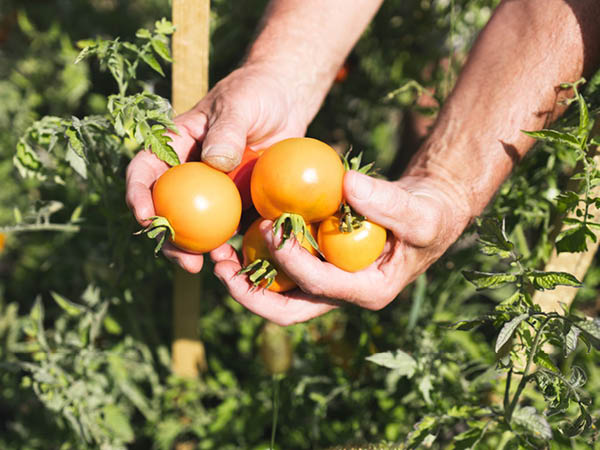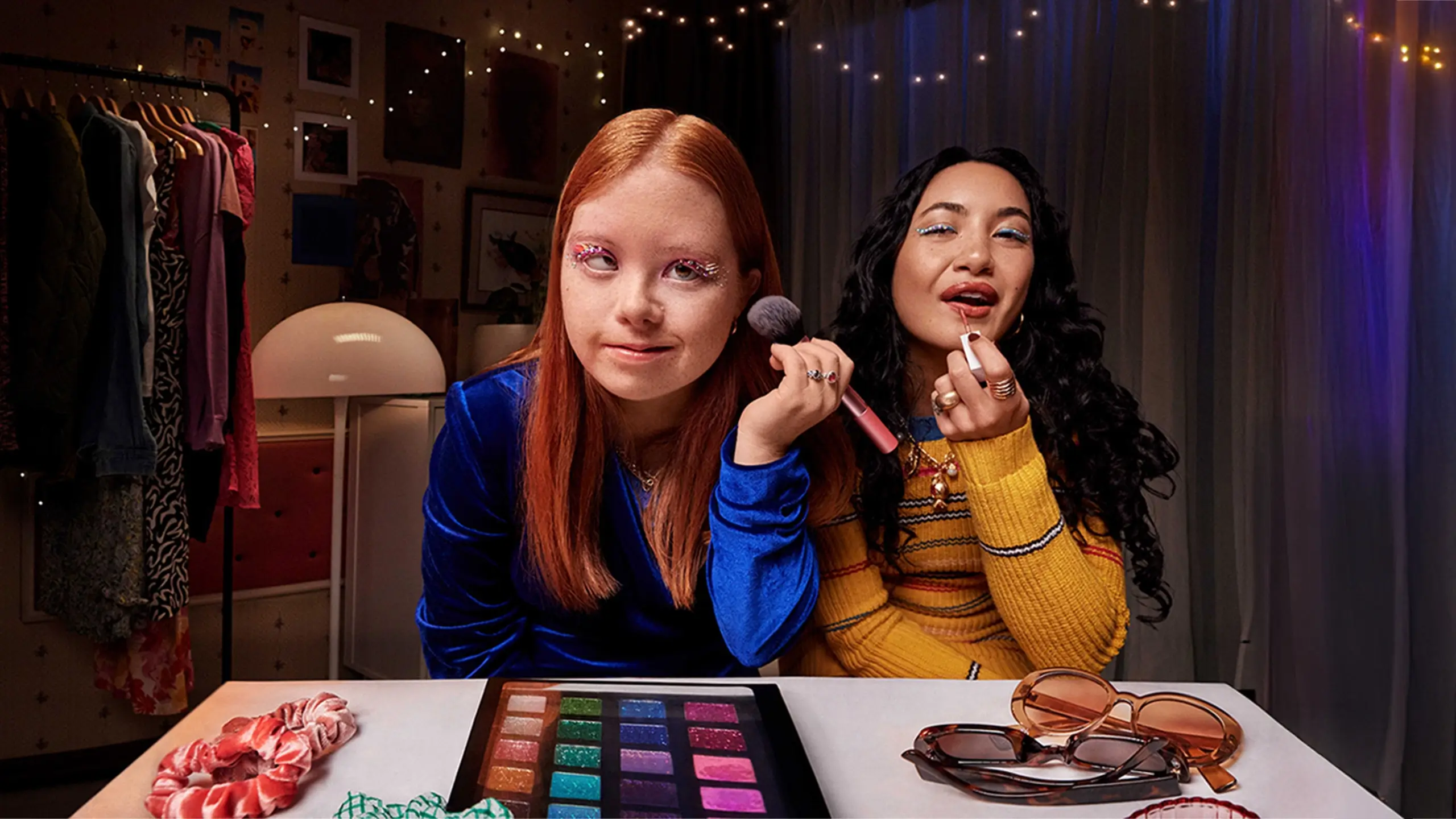
There is much more to gardening than just plants. Gardening is about creativity, care, patience, and building something of your own.
For people like Rhiannon, who acquired a spinal cord injury, gardening is also about freedom and a sense of self. Her backyard isn’t just a sanctuary, it’s a space where she connects with herself and the seasons through the simple pleasure of growing something with her own hands.
Rhiannon’s love of gardening runs deep. “Honestly? I love everything about it. From the smell of the soil to the cheeky chickens pecking around while I plant,” she says.
“There’s something so grounding about being in the garden. It’s like therapy with a bit of dirt under your nails.”
After her spinal cord injury, gardening became more than just a hobby, it became a symbol of independence. “So many everyday things suddenly felt out of reach, but gardening wasn’t something I wanted to give up,” Rhiannon explains.
Rhiannon worked with what she had and designed an adaptive space to create wheelchair access. She also decided to work with her energy levels and not overdo things.
“Being able to potter, plant and harvest on my own terms is incredibly empowering. The garden is my happy place. It is a space where my disability doesn’t define what I can and can’t do,” Rhiannon says.
She also credits having an independent support worker for making gardening more enjoyable: “My independent support workers are there to help with the bits I can’t quite manage, like carting heavy soil or setting things up. Having someone with you means gardening becomes a shared, joyful experience. And we always have a good laugh along the way.”
Gardening can support physical movement, mental wellbeing and emotional connection.
Best of all, it can be done at any pace. Start small with a few herbs on a balcony or build an accessible veggie patch from scratch.
For people living with disability, gardening is also a way to reclaim space and agency. Rhiannon says, “It gives me a sense of achievement. Watching tiny seeds turn into something beautiful or edible reminds me I can still make things grow.”
Rhiannon is the first to admit that traditional garden spaces can be tricky: “Uneven ground, heavy tools and hard-to-reach spots mean that I’ve had to get creative.”
However, with a few clever adaptations and a bit of planning, there are many ways to make your garden more accessible.
Raised garden beds and vertical gardens are game changers. “Working at ground level isn’t always an option. But raised beds bring everything up to me and make life so much easier,” Rhiannon explains. Good pathways are also essential. “I planned out smooth, wide paths for my wheelchair. It’s one of the best decisions I made,” she adds.
“Lightweight, long handled or ergonomic tools make a world of difference.” They reduce strain and give you extra reach, which means less twisting and less fatigue. It’s worth doing a little digging online (pardon the pun!) to find gardening tools to suit your needs.
“It’s tempting to do everything at once, but I’ve learned to pace myself,” Rhiannon says. “I break jobs into small chunks and take breaks whenever I need to. You don’t have to weed the whole bed in one go!”
“Having a support worker or friend with you makes it easier and way more fun. They can help with heavy lifting, mulching or setting up irrigation systems. It’s also a chance for social connection and sharing the joyful moments.”
One of Rhiannon’s most simple fixes turned out to be a favourite: “I have a little stool in the greenhouse, which has been a game changer. Now I can sit and potter at eye level to the bench. It’s a comfortable way to soak up the warm goodness of the greenhouse without tiring myself out.”
“Gardening should be a soul-nourishing experience, not a chore,” says Rhiannon. “Whether you’re planting tomatoes or just sitting in the sun with a watering can, give yourself permission to enjoy it.”
Gardening doesn’t have to look a certain way. It can be slow, imperfect and full of laughter. It can be something you always do with others or something that is just for yourself.
Whether you grow a single flower or a full veggie patch, the important thing is that it’s yours. With the help of an independent support worker on Mable, you can get help where and when you need it.
Find an independent support worker on Mable today.
Mable’s Can-do Guides are created in collaboration with people with disabilities. Content in these guides is general in nature, based on the experience of those interviewed, and may not be applicable to all.

